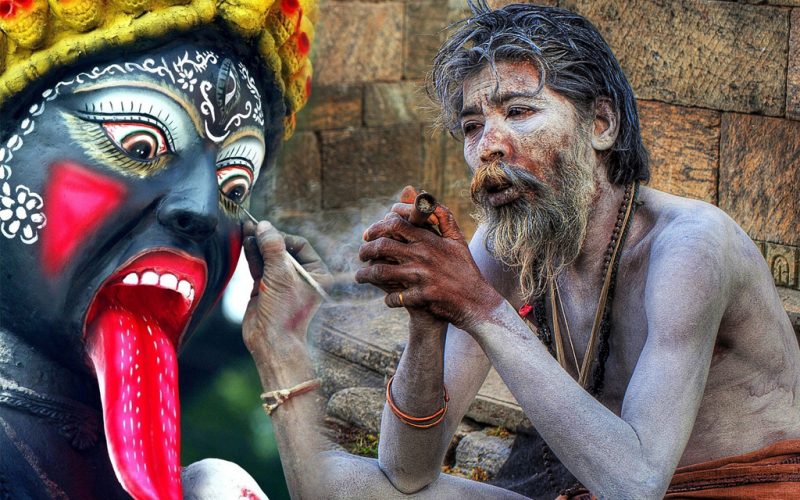India brims with vivid culture, traditions, and festivals. Moreover, visitors often find its customs uniquely surprising, deeply meaningful, and occasionally, downright odd. From centuries-old rituals to contemporary celebrations, these traditions showcase the country’s spiritual and cultural richness. In addition, this guide highlights strange rituals in India, ranging from playful festivities to shocking ceremonies.
Dhinga Gavar – Rajasthan’s Costume Festival
In Rajasthan, the Dhinga Gavar festival is celebrated exclusively in Jodhpur during the Gangaur festival. Women dress up in elaborate costumes portraying pirates, doctors, politicians, and even gods to honor Goddess Parvati.
After sunset, statues of Dhinga Gavar are displayed in 11 locations, each adorned with up to 30 kg of gold. Meanwhile, women wield lathis (sticks) to protect the statues. Consequently, men who get struck are believed to gain prosperity and marital blessings.
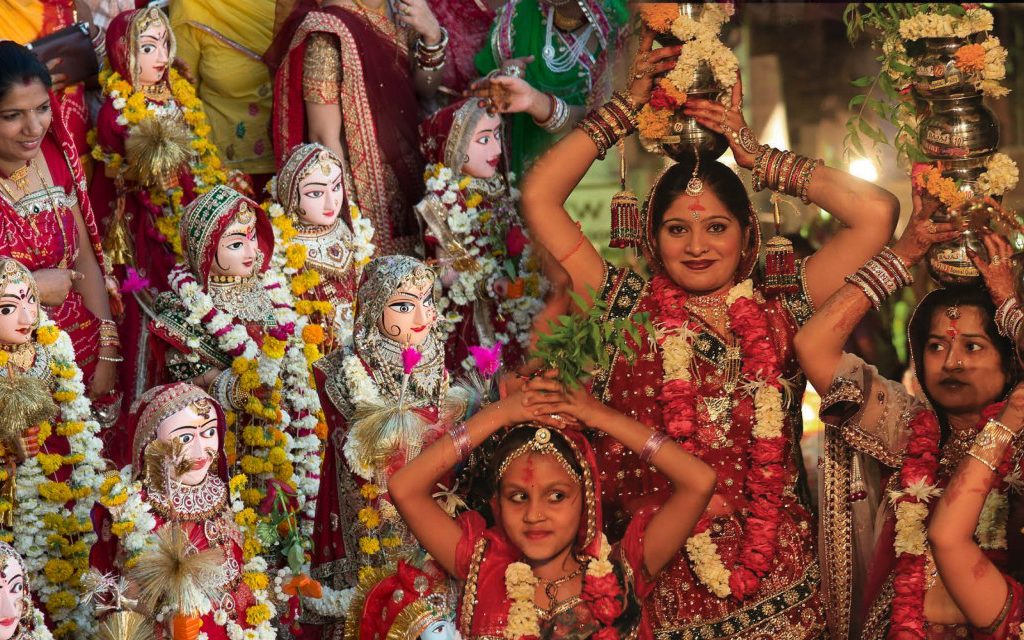
Theemithi Fire-Walking – Brave Strange Rituals in India
Originating in Tamil Nadu, Theemithi honors Draupadi’s legendary walk through fire, proving her purity. Participants walk barefoot over burning embers to seek blessings.
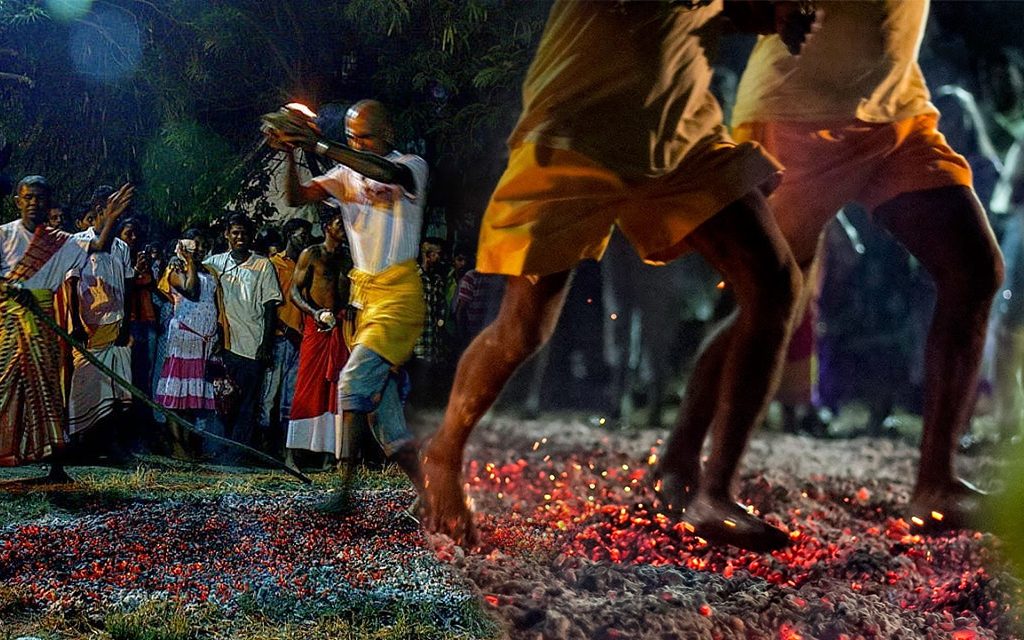
The ritual spans two and a half months, where devotees perform each step carefully. Many countries like Singapore and Sri Lanka have adopted this ritual.
Jallikattu – Bull-Taming Strange Rituals in India
Jallikattu, a traditional bull-taming festival in Tamil Nadu, celebrates farmers’ hard work and valor. Participants hold onto bulls’ humps to stop them from running.
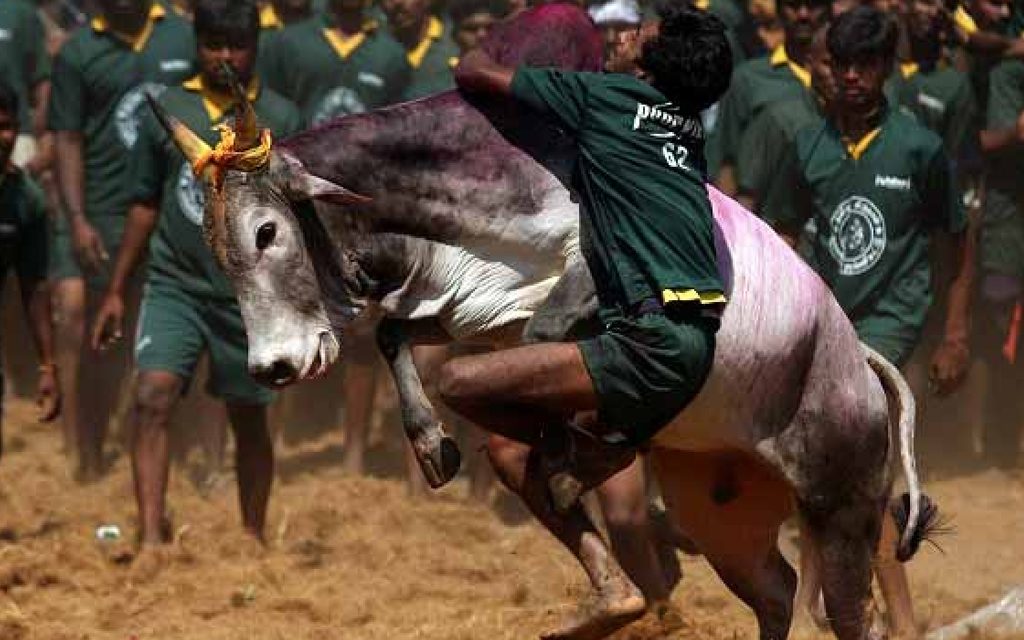
Unlike Spanish bullfighting, bulls are not killed and receive special care. Despite criticism from animal rights groups, this festival continues in rural areas as a symbol of bravery and heritage.
Animal Weddings – Strange Rituals in India for Good Rain
Across Maharashtra, Assam, and Karnataka, animal weddings are held to appease Lord Indra for timely monsoons. Frogs, donkeys, and other animals are ceremoniously married, complete with priests, rituals, and feasts.
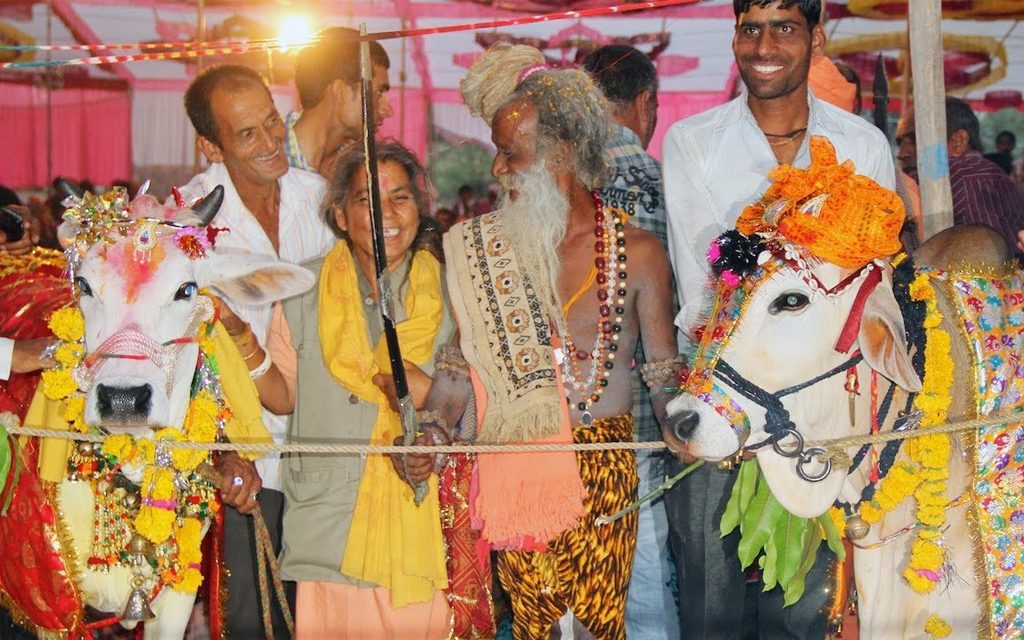
Agni Keli Fire Festival – Dangerous Strange Rituals in India
In Mangalore’s Kateel Durga Parameswari Temple, devotees participate in Agni Keli, a fiery ritual. They throw burning palm fronds at one another to honor Goddess Durga.
Participants can throw only five times each, and any burns are soothed with holy water.
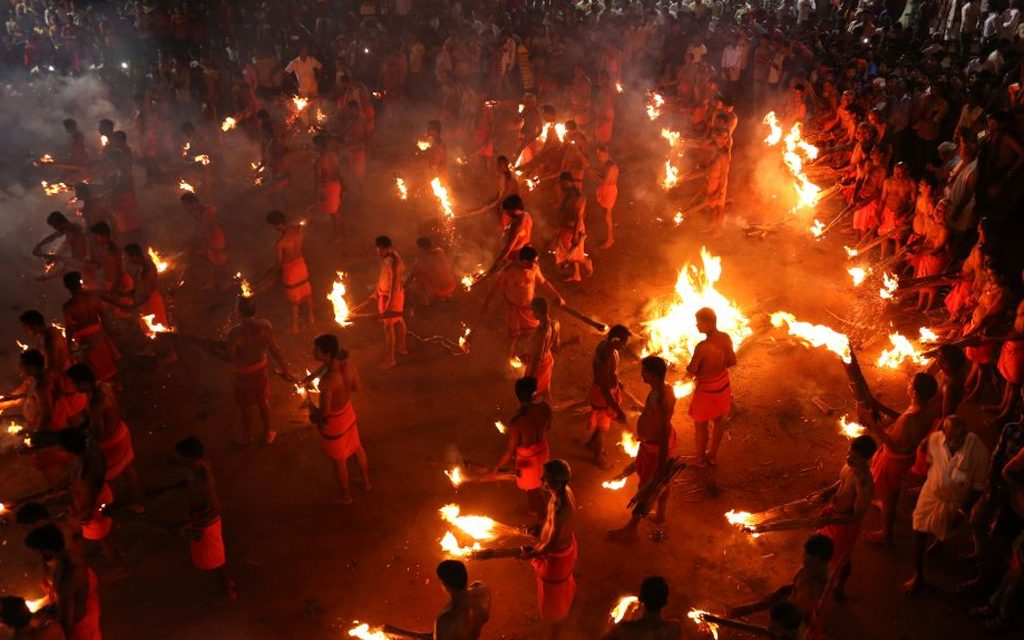
Muharram Mourning – Shocking Strange Rituals in India
During Muharram, Shia Muslims worldwide commemorate the martyrdom of Prophet Muhammad’s grandson, Hussein Ibn Ali. Participants engage in chest-beating, self-flagellation, and public mourning rituals to honor the fallen warriors of Karbala.
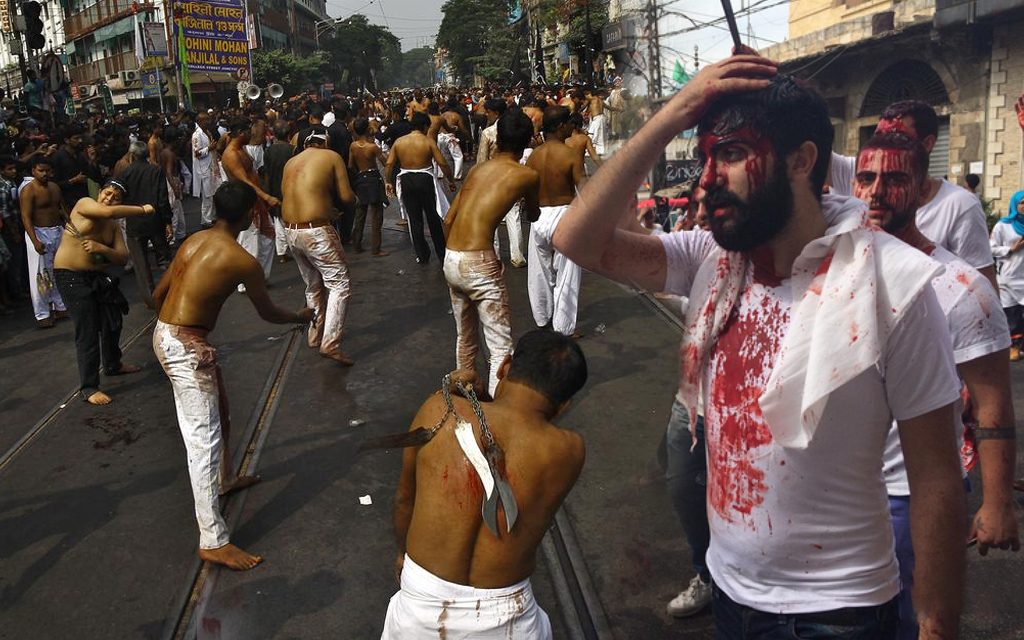
Puberty Ceremony – Unique Strange Rituals in India
In southern India, girls reaching puberty undergo a puberty ceremony. They are dressed as brides, showered with gifts, and sometimes kept in isolation for certain rituals.
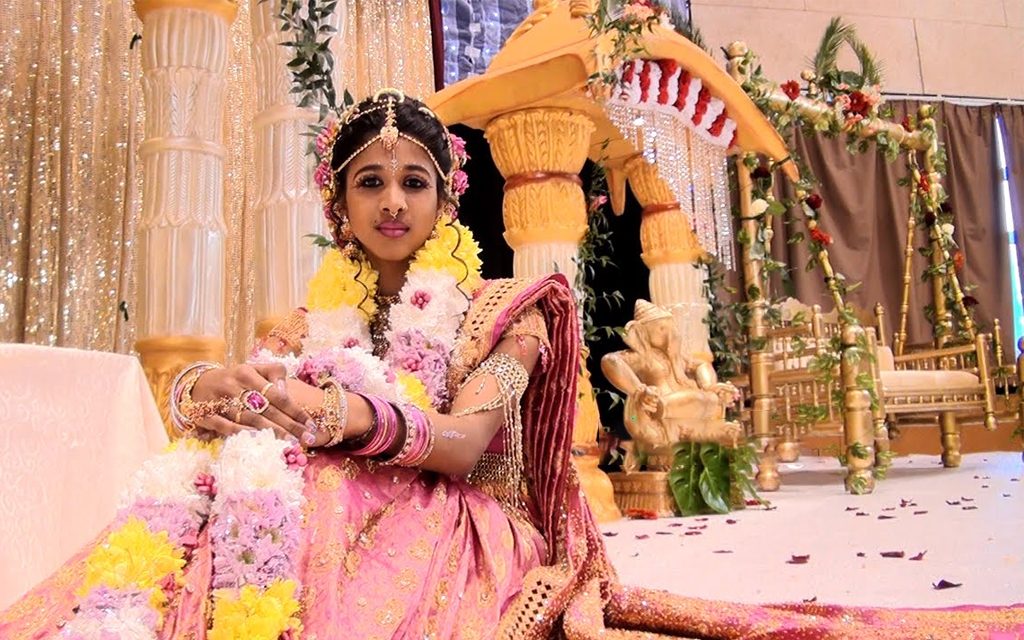
Spit Bath Ritual – Controversial Strange Rituals in India
In Karnataka’s Kukke Subramanya Temple, lower-caste devotees perform the Spit Bath (Made Snana) ritual, rolling over leftovers eaten by Brahmins. This ceremony is believed to cure ailments and purify participants.
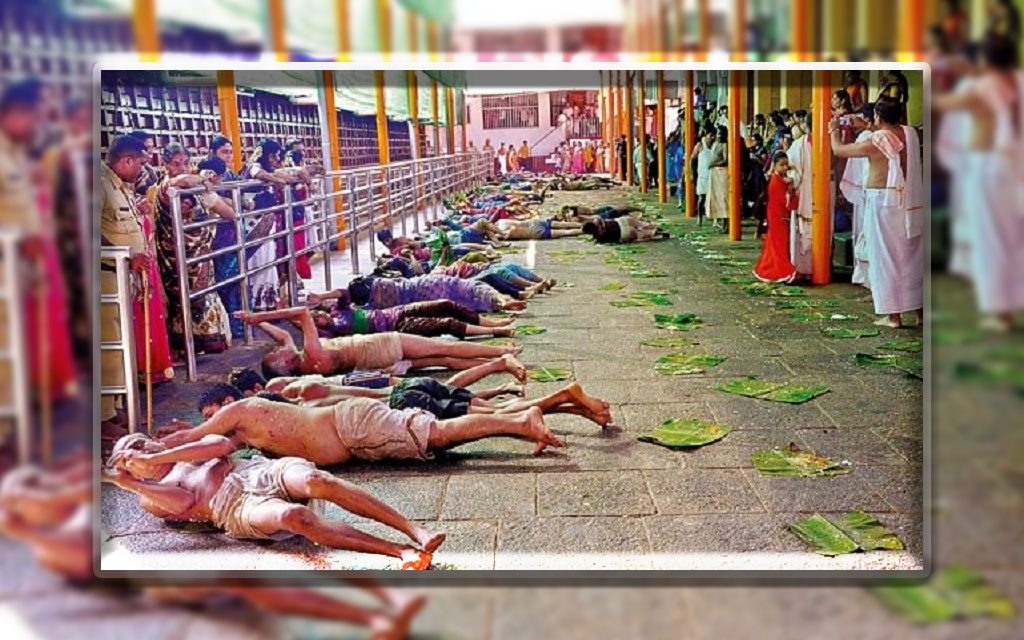
Marriage-Related Rituals
India’s marriage customs often include unconventional rituals, from arranged marriages to animal ceremonies for good fortune.
Cultural Shock or Spiritual Celebration – Explore Strange Rituals in India
While some rituals may seem bizarre or extreme, they nonetheless showcase India’s deep commitment to tradition, spirituality, and community. For instance, Dhinga Gavar’s playful mischief and Agni Keli’s fiery devotion vividly demonstrate the country’s unmatched cultural depth. Moreover, visitors who witness these rituals firsthand gain insight into local beliefs and simultaneously appreciate history and heritage. Consequently, these experiences amaze and enlighten travelers, offering a truly immersive cultural journey.
Conclusion
Indeed, exploring strange rituals not only gives visitors a unique window into a culture that blends devotion, bravery, and celebration in extraordinary ways, but also, therefore, helps them understand local traditions, customs, and practices. Moreover, when visitors witness these customs firsthand, they often feel amazed, inspired, and enlightened; consequently, they appreciate the culture more deeply while simultaneously learning about its history, values, and significance.
Read More-Sikkim Travel Guide India: Best Places, Adventure & Culture

